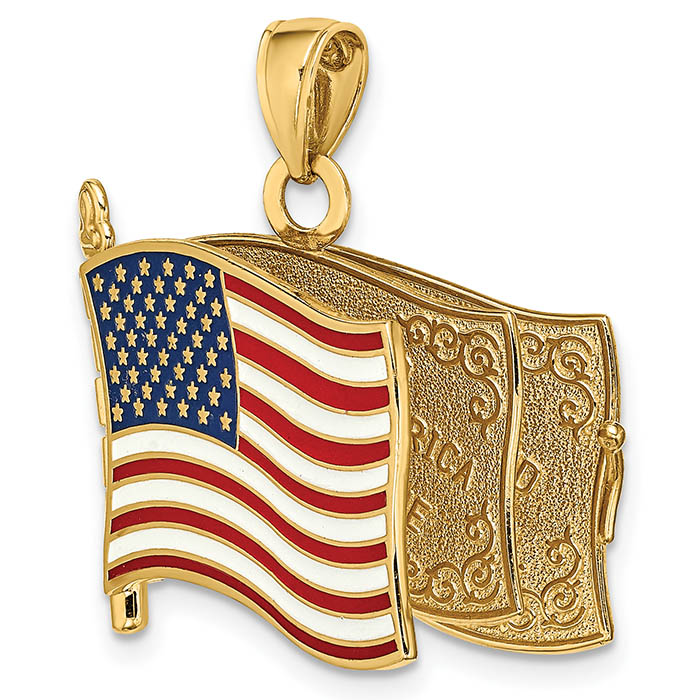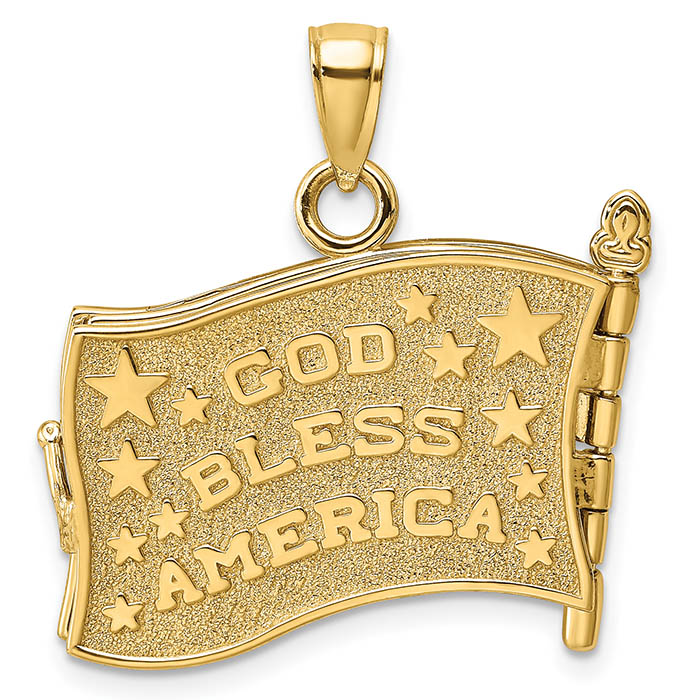History of the Pledge of Allegiance
Although the Pledge of Allegiance has been recited in the United States for more than 100 years, the current version’s 31 words are notably different from the original, which was the first verbal pledge to the American flag, popularized in 1885 by Civil War Veteran, Colonel George T. Balch.
Balch’s Pledge of Allegiance
Civil War veteran Captain George T. Balch, who later served as the New York Board of Education’s auditor, established the first pledge in 1887. Before the 1923 National Flag Conference, Balch’s pledge was recited together with Bellamy’s and was as follows:
“We pledge allegiance to God and our nation: We give our heads and hearts to God and our country; one country, one language, one flag!”
Balch advocated for instilling a sense of both Godly and American devotion in youngsters, particularly those of immigrant families. He even went so far as to create a book and collaborate with public and private organizations to provide American flags to every classroom and school.
The Bellamy Pledge of Allegiance
Several schools adopted Balch’s pledge, but it was soon supplanted by a salute composed by Francis Bellamy, a Christian socialist and former Baptist minister. Public schooled, he excelled in oratory at the University of Rochester before following in his father’s footsteps and entering the pulpit to deliver sermons in New York and Boston churches. He was restless in the ministry, though, and in 1891 he agreed to work for Daniel S. Ford, the publisher and editor-in-chief of the Youth’s Companion, a family magazine with 500,000 members, who was a member of one of his Boston congregations.
For the 400th anniversary of Christopher Columbus’s landing in the New World in 1892, Bellamy was asked to create a new vow when writing for a publication called, “Youth’s Companion.” After puzzling over the project—he initially considered incorporating the French Revolution motto “Liberty, Equality, Fraternity”—and penned a pledge for the citizens of the United States.
The Bellamy pledge became well-liked in public schools in the late 19th and early 20th centuries, but it was occasionally modified and revised. For example, the National Flag Conference changed the phrase instead to: “I pledge allegiance to the flag of the United States of America” in 1923 and 1924. Congress formally authorized the pledge of allegiance in 1942, and it was mandated that it be read with the right hand placed over the heart. The “Bellamy salute,” which entails extending the right arm toward the flag while holding out the hand, had been a part of the promise up until that point. Still, with the development of fascism in Europe, many people objected that the gesture was too similar to the Nazi salute.
Final Revision
During the Cold War, the national oath underwent its final amendment in 1954. Then, Congress enacted a new law that incorporated the phrase “under God” in response to lobbying by religious and fraternal organizations, with the support of President Dwight D. Eisenhower. The Pledge of Allegiance hasn’t changed, despite sporadic legal challenges from students and secular organizations. In fact, by adding “under God”, the pledge of allegiance returned more to the spirit of its original wording written by George T. Balch, who pledged his allegiance both to God and to our great nation.
Also see: Patriotic Jewelry, from Apples of Gold Jewelry.
Category: Jewelry History, Patriot Jewelry














